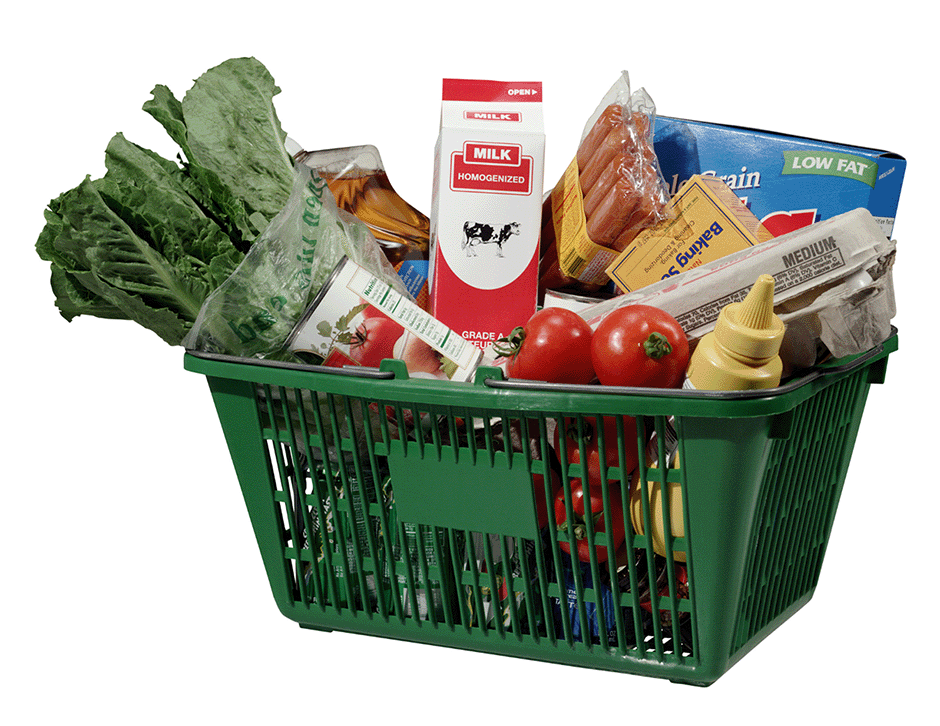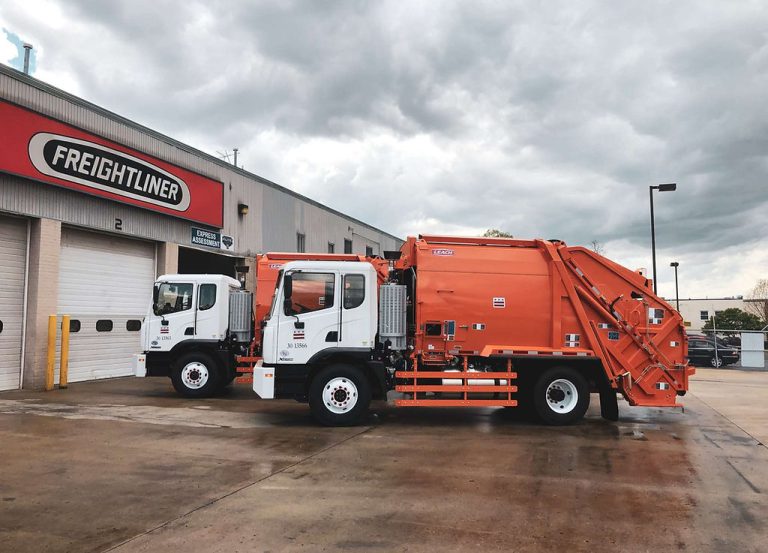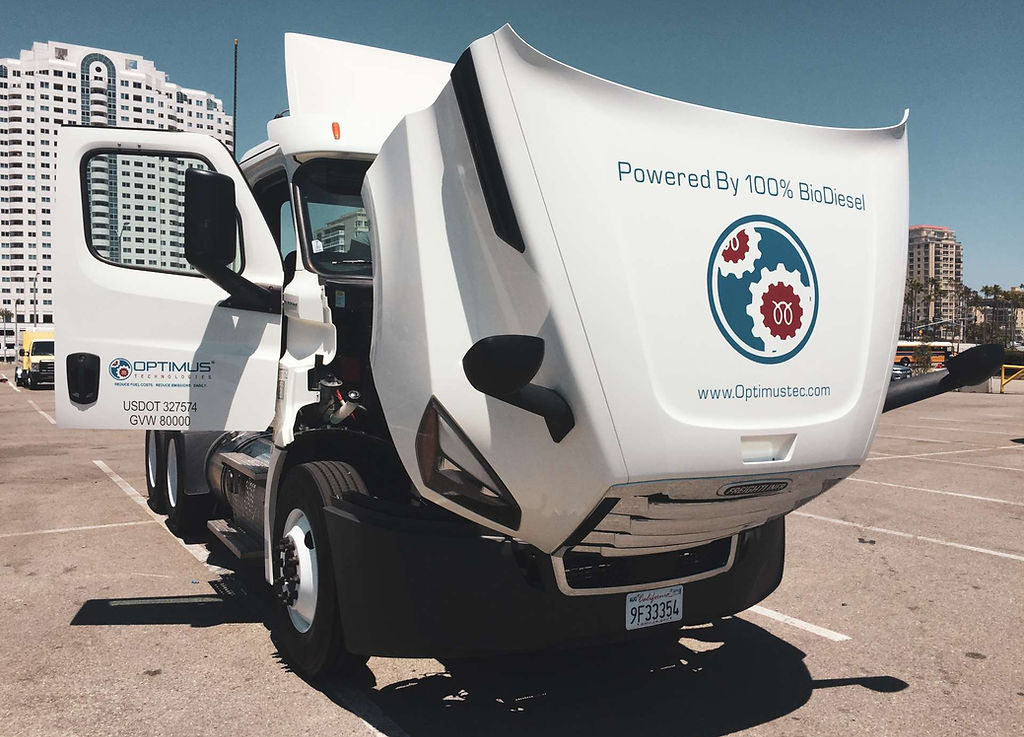Is Biodiesel Production Taking Food Off of Grocery Shelves?


As demand for biofuels such as biodiesel and ethanol rises, some are wondering whether biofuels are being produced with food products that could otherwise feed people. This is known as the food versus fuel debate. This article will focus on the potential food system impacts of biodiesel and its feedstocks. It will not cover the food versus fuel debate related to ethanol.
Is biodiesel taking food off of grocery shelves in the U.S.? The short answer is no, but let’s get into the details.
Biodiesel Feedstocks
Most biodiesel production companies and facilities use different mixes of feedstocks to produce biodiesel. The U.S. produces most of its biodiesel from soybean oil, but other crop oils and recycled wastes are also feedstocks. (Source: U.S. Energy Information Administration)
According to the U.S. Energy Information Administration (EIA), biodiesel production in the country in 2021 came from:
- 68% soybean oil.
- 20% corn oil.
- 7% canola oil.
- 5% recycled feeds and wastes.
Rapeseed oil, sunflower oil, and palm oil are major feedstocks for biodiesel in other countries, according to the EIA. Scientists are experimenting with using other crop oils and algae to produce biodiesel.
Do the Feedstocks Interfere with Food Supply?
About 77% of soy production globally is used as animal feed, according to Our World in Data. About 20% goes to human consumption, with just 7% of that going directly to products like tofu, soy milk, or edamame beans. The remaining approximately 4% is used for industry, 2.8% of which goes toward biodiesel production. (Source: Our World in Data)
Only 7% of the 77% of soy that goes to livestock is fed directly to animals. The other 70% of animal feed from soybeans has the soy oil extracted to form protein-rich soy cake, also known as soy meal. Some of the soybean oil extracted during this process is used for biodiesel production. The soybean oil used for biodiesel production is largely a byproduct of the livestock industry (Source: Nebraska Soybean Board)[1]
Recycled feeds and waste oils are products that would otherwise be sent to the landfill. Waste oils come from restaurants and food-processing plants. The cooking oil that fries your favorite chicken tenders or french fries becomes ineffective after a certain amount of time.
That oil is often costly and sometimes hazardous for restaurant and entity owners to dispose of. But now, they can sell their used cooking oil because it works well as a biodiesel input, and biodiesel demand is growing.
The Bottom Line
If soybeans, corn, and canola were being grown solely for the production of biodiesel, the food versus fuel debate would be very valid. This, along with deforestation to grow crops for biofuels such as ethanol, is occurring in some countries around the world.
However, in the U.S., this is not the case. In general, biodiesel in the U.S. is produced using feedstocks that would not otherwise go toward human consumption.







